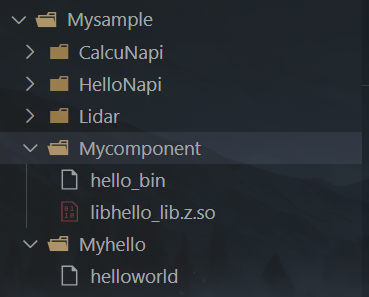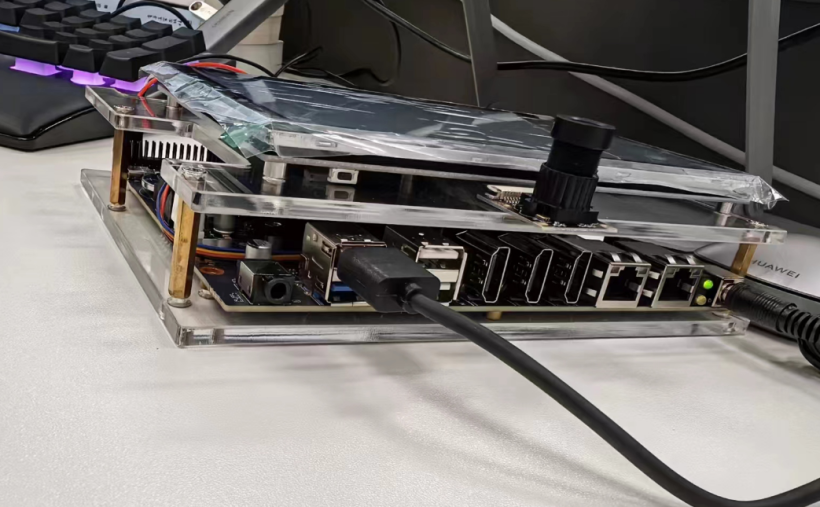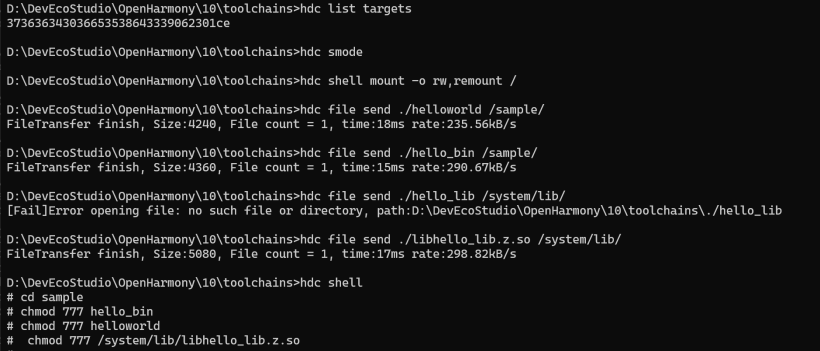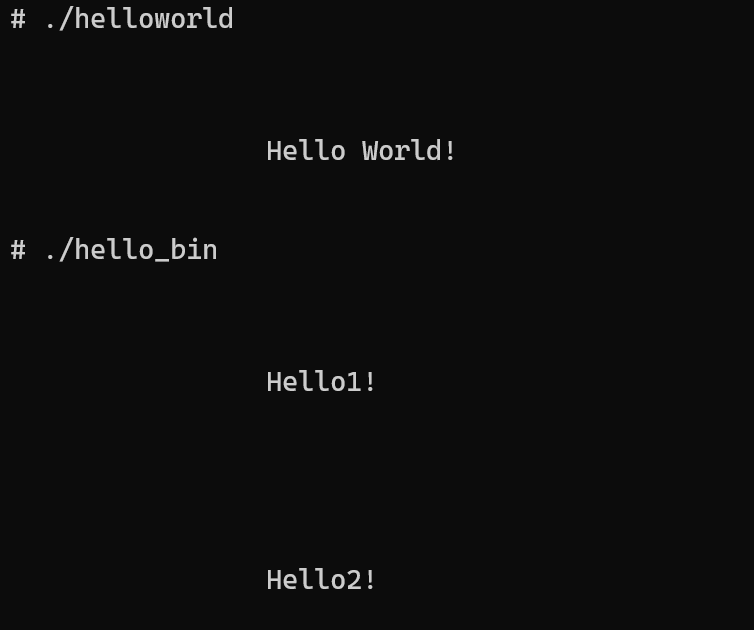
前言
本人是一名大一学生,有幸被选拔进了深圳技术大学第一届开源鸿蒙菁英班,并在暑期培训进行线上分享,故将讲解的内容也制作成帖子发上来作为学习笔记。在准备分享的过程中,我基于学长们的先前成果,结合开源鸿蒙源码的最新版本进行了相应的调整和优化,帮助大家更好地理解和应用开源鸿蒙技术。
环境
- OpenHarmony-4.0 源码
- 九联 unionpi_whale 开发板
一、OpenHarmony源码的模块划分
1.OpenHarmony内核分类
系统分为三种不同体量的系统,本文主要讲解基于Linux的标准系统构建。

2.系统代码版本
Openharmony有主干代码与发行版代码两种,代码的获取请参考官方文档。


3.OpenHarmony源码体系
OpenHarmony的源码架构基于模块化设计,为了方便系统的功能的增加和裁剪,设计了基于GN构建的模块系统。整个模块可从大到小划分为产品(product)、领域/子系统集(domain)、子系统(sub_system)、部件(component)、模块/组件(module)、特性(feature)几个部分,这种模块化的树状编译框架,非常方便根据目标产品硬件资源的大小进行灵活的裁剪,从而实现**“统一0S,弹性部署”**的目标。
4.各部分的关系
一个产品(product)可以包含1-n个子系统(subsystem),一个子系统可以包含1-~n个部件(component),一个部件可以包含1-n个模块(modue),不同产品的中的相同部件可以编译不同的特性(feature),**子系统集(domain)**在源代码一级根目录有体现。
不同产品相同模块可以通过特性feature进行差异化定义。

5.南向开发的概念
开源鸿蒙系统的南向开发,主要是针对设备或者终端的软件开发,例如各种智能家居设备、穿戴设备等。由于这些设备种类繁多,硬件配置和操作系统都各不相同,因此需要进行适配和优化,以确保设备能够顺利地运行开源鸿蒙系统。
二、OpenHarmony源码的产品、子系统、部件、组件配置详解
1.产品
产品解决方案为基于开发板的完整产品,主要包含产品对OS的适配、部件拼装配置、启动配置和文件系统配置等。产品解决方案的源码路径规则为:vendor/{产品解决方案厂商}/{产品名称}。
vendor/company/product/config.json config.json为编译构建的主入口,包含了开发板、OS部件和内核等配置信息。
2.领域
OpenHarmony技术架构中有四大子系统集:“系统基本能力子系统集”、“基础软件服务子系统集"、“增强软件服务子系统集"、“硬件服务子系统集”。四大子系统不会直接出现在编译选项或者参数中,而是有对应的一级源代码文件夹:“系统基本能力子系统集”对应源码foundation文件夹;“基础软件服务子系统集”和“硬件服务子系统集”对应源码base文件夹;“增强软件服务子系统集"对应源码domains文件夹。

- vendor仓:存放厂商驱动代码,配置文件
- device仓:存放硬件设备代码,板级配置和驱动代码
3.子系统
子系统是一个逻辑概念,它具体由对应的组件构成。配置规则如下:
子系统的配置规则主要是在build/subsystem_config.json中指定子系统的路径和子系统名称。
4.部件(组件)
对子系统的进一步拆分,可复用的软件单元,它包含源码、配置文件、资源文件和编译脚本;能独立构建,以二进制方式集成,具备独立验证能力的二进制单元。
部件的bundle.json放在部件源码的根目录下。配置规则如下:
5.模块
编译子系统通过模块、部件和产品三层配置来实现编译和打包。模块就是编译子系统的一个目标,包括(动态库、静态库、配置文件、预编译模块等)。模块要定义属于哪个部件,一个模块只能归属于一个部件。这里列出了初学者常用的几个模版及其配置规则:
配置中只有sources和part_name是必选,其他都是可选的。
- ohos_shared_library示例
- ohos_static_library示例
- ohos_executable示例
- ohos_prebuilt_etc示例
6.特性
特性是部件用于体现不同产品之间的差异,通常不同特性可以定义不同编译宏或者代码。
三、子系统样例源码实战
1.单模块示例
本示例目标是编写一个helloworld程序。在OpenHarmony源码目录下创建子系统文件夹Mysample,其下创建部件文件夹Myhello,下设include和src文件夹分别用于存放头文件和源码。创建如下文件:

(忽略图片中我自己的其他部件)
Mysample/Myhello/include/helloworld.h
Mysample/Myhello/src/helloworld.c
在部件文件夹Myhello下创建配置文件:
Mysample/Myhello/BUILD.gn
Mysample/Myhello/bundle.json
修改模块配置文件:
vendor/unionman/unionpi_whale/config.json
修改子系统配置文件:
build/subsystem_config.json
2.多模块示例
本示例目标是带大家使用几个编译模板。在OpenHarmony源码目录下创建子系统文件夹Mysample,其下创建部件文件夹Mycomponent,下设module1、module2和’module3`文件夹分别用于3个模块。创建如下文件:

- 需要注意的是:每个模块有自己的配置文件BUILD.gn,组件还需要一个group模板的BUILD.gn。
Mysample/Mycomponent/module1/include/hello1.h
Mysample/Mycomponent/module1/src/hello1.cpp
Mysample/Mycomponent/module1/BUILD.gn
Mysample/Mycomponent/module2/include/hello2.h
Mysample/Mycomponent/module2/src/hello2.cpp
Mysample/Mycomponent/module2/BUILD.gn
Mysample/Mycomponent/module3/src/config.conf
Mysample/Mycomponent/module3/BUILD.gn
在部件文件夹Mycomponent下创建配置文件:
Mysample/Mycomponent/BUILD.gn
Mysample/Mycomponent/bundle.json
vendor/unionman/unionpi_whale/config.json
3.编译
- 命令行方式
- hb方式
- 我们这里使用hb方式来进行编译。在终端输入命令hb set,选择standard和unionpi_whale,在终端输入命令hb build -T Myhello。耗时1:26,编译成功日志如下:

- 由于编译Myhello部件的已经检查了一遍编译关系,而我们又没有改动编译构建文件,故可以使用快速重建命令hb build -T Mycomponent --fast-rebuild编译Mycomponent部件。编译成功日志如下:

- 可见所用时间大大减少。
- 编译产物在out/board/product目录下。

4.烧录
- 全量烧录: 适合更新版本或者代码大变动
打包镜像->RKDevTool烧录。 - HDC工具:适合代码更新时单独发送所需文件(以helloworld为例)
- 找到可执行文件helloworld,并将其放置到电脑hdc.exe同级目录下。
- 连接设备:将开发板上电,并连接电脑。

- 从hdc文件夹下进入终端,输入hdc list targets检查是否连接好,检测到设备后输-入hdc smode授予进程root权限,再输入hdc shell mount -o rw,remount /挂载分区,并且赋予可写权限。
- 输入hdc shell进入开发板终端,mkdir sample创建文件夹,exit退出终端。
- hdc file send ./helloworld /sample/传输文件。(将当前目录下的hello文件传输到开发板的sample目录下)
- hdc shell再次进入开发板终端,cd sample进入文件夹,chmod 777 *给程序赋予可执行权限。
5.烧录测试并执行
- 烧录:

- whale开发板烧录口为蓝色USB口上层口,使用USBtoUSB线烧录。
- 需要注意:可执行文件可以发送到任意目录,而动态库文件libhello_lib.z.so需要发送到/system/lib/目录下。
- 使用命令./可执行程序名执行程序。在终端查看输出结果。

- 测试成功
总结
在本人看来,入门开源鸿蒙南向设备学习,有很大可能会被这么多的配置选项和新概念劝退,所以在暑期培训我选择分享这部分的内容,希望对大家有帮助。







































